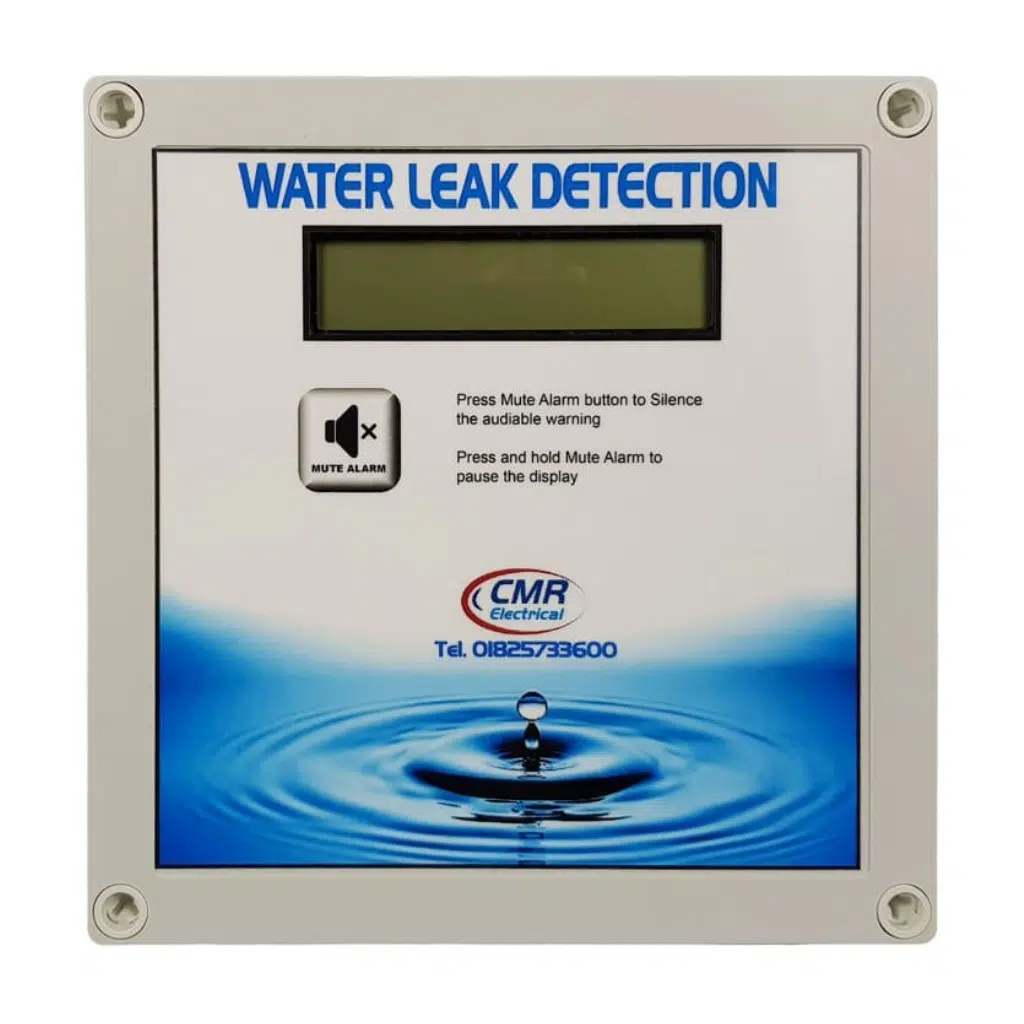Discover Reliable Water Leak Detection Solutions for Accurate and Quick Outcomes
Discover Reliable Water Leak Detection Solutions for Accurate and Quick Outcomes
Blog Article
Ingenious Solutions for Early Detection of Water Leaks in Buildings and Infrastructure
From cutting-edge leak detection innovations to the implementation of IoT sensors for real-time tracking, the landscape of leak prevention is progressing quickly. Automated water circulation analysis systems are improving just how leakages are recognized and resolved, paving the method for a positive technique to water leakage discovery.
Advanced Leak Detection Technologies
Advanced leak detection modern technologies, outfitted with sophisticated sensing units and formulas, play an essential role in swiftly recognizing and pinpointing water leaks in various setups. These modern technologies utilize a combination of acoustic, thermal, and electromagnetic sensing approaches to detect leakages properly. Acoustic sensors spot the sound of escaping water, permitting for exact localization of the leakage source. Thermal imaging discovers temperature changes caused by water leak, supplying one more reliable approach for leakage recognition. Electromagnetic sensors can determine adjustments in electromagnetic areas created by water, providing yet an additional layer of leak discovery capability.

IoT Sensors for Real-Time Tracking
In the world of modern-day water leakage detection, the combination of IoT sensing units for real-time surveillance stands for a pivotal development in improving aggressive leakage detection abilities. These sensors use continual surveillance of water supply, providing real-time data on water circulation prices, stress variations, and temperature modifications. By leveraging IoT modern technology, these sensing units can detect also the tiniest abnormalities in water use patterns, making it possible for very early recognition of possible leakages prior to they escalate into major issues.
IoT sensors transmit information to a central system, where innovative algorithms analyze the information and create signals or alerts when abnormalities are identified. This real-time surveillance capacity allows property proprietors or center managers to quickly address leaks, decreasing water damages, minimizing repair service expenses, and saving water resources.
In addition, IoT sensing units can be integrated with building administration systems, enabling for automated responses to identified leakages, such as shutting off water shutoffs or triggering pumps to reduce the effect of leaks. On the whole, the application of IoT sensors for real-time surveillance substantially enhances the performance and efficiency of water leak discovery in structures and infrastructure.
Artificial Intelligence Algorithms for Leakage Forecast

One key advantage of utilizing maker knowing for leak forecast is its ability to continually discover and improve its precision in time. As even more data is accumulated and fed into the formula, it can fine-tune its predictions and adjust to changing problems, see this eventually boosting the reliability of leak detection systems.
In addition, maker understanding algorithms can assist in determining subtle signs of leaks that might go unnoticed by standard tracking methods. water leak detection. By examining complex data embed in real-time, these formulas can offer early cautions and alerts, enabling prompt intervention and preventive upkeep to mitigate potential water damage and connected prices
Utilizing Thermal Imaging for Leakage Detection
Thermal imaging innovation uses an encouraging approach for detecting water leaks in various systems and frameworks. By utilizing infrared radiation and temperature level variations, thermal imaging cams can identify surprise leaks that are not conveniently noticeable to the nude eye. When water leaves from pipelines or frameworks, it frequently changes the temperature level of the surrounding area, producing temperature level differentials that thermal cams can catch. These temperature irregularities are then translated right into noticeable images, highlighting the specific area of the leakage.
Among the crucial advantages of thermal imaging for leak detection is its non-intrusive nature. Unlike traditional approaches that might call for burglarizing walls or floors to situate leakages, thermal imaging enables non-destructive testing. This not just conserves time and reduces prices but check my reference also reduces disturbance to the building or infrastructure being examined. In addition, thermal imaging can rapidly scan big areas, giving a thorough review of potential leak sources in a timely manner. Overall, making use of thermal imaging innovation improves the performance and precision of water leak detection, making it a useful device for preserving the stability of structures and infrastructures.
Automated Water Circulation Analysis Systems
How can computerized water circulation analysis systems change the discovery and administration of leaks in numerous systems and frameworks? Automated water flow analysis systems use a positive strategy to leak detection by continually monitoring water circulation rates and patterns. By developing standard information, these systems can quickly determine deviations that may show a leak, making it possible for prompt treatment to avoid substantial damage.
These systems utilize innovative algorithms to evaluate real-time data and offer instant signals when anomalies are identified, permitting swift activity to be taken. In addition, automatic water flow analysis systems can be integrated with structure management systems or IoT platforms, enhancing total performance and making it possible for remote surveillance abilities.
Moreover, the information gathered by these systems can be made use of for anticipating maintenance objectives, aiding to identify possible weak factors in the infrastructure prior to leakages take place. In general, the implementation of computerized water circulation analysis systems can substantially improve leak discovery and administration techniques, eventually leading to cost financial savings, reduced water waste, and enhanced sustainability in structures and facilities.

Final Thought
Finally, the integration of advanced leakage detection modern technologies, IoT sensing units, equipment discovering algorithms, thermal imaging, and computerized water flow evaluation systems supplies innovative options for early discovery of water leaks in structures and framework. These innovations enable real-time monitoring, prediction of leakages, and reliable detection approaches to avoid water damage and wastefulness. Applying these options can aid in keeping the integrity and sustainability of water supply in numerous settings.
Report this page